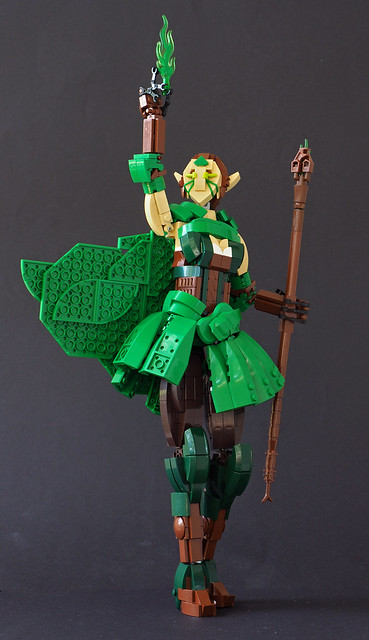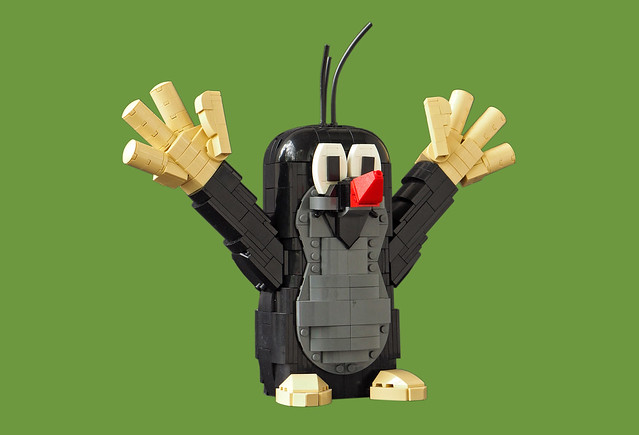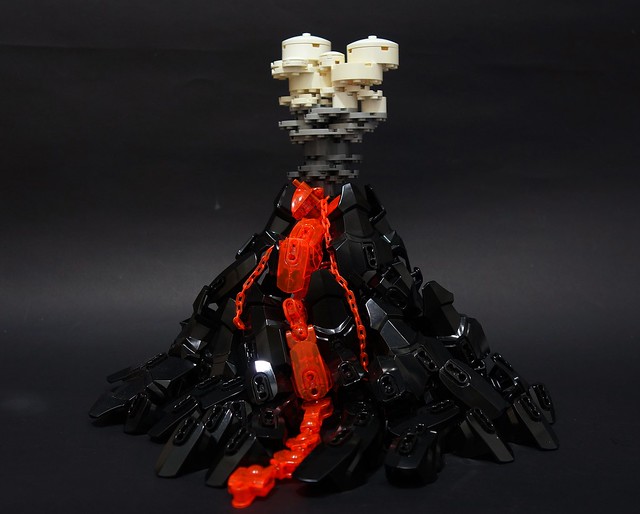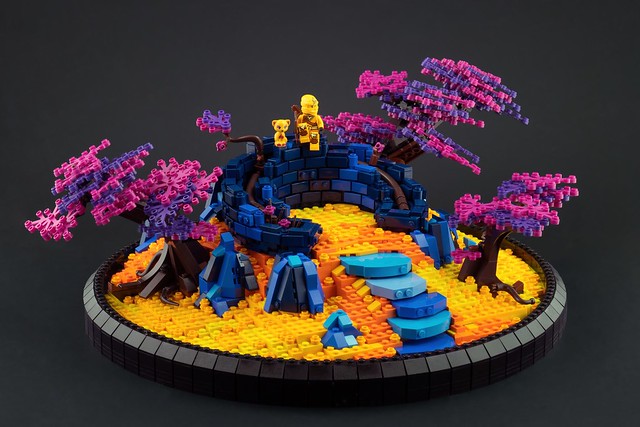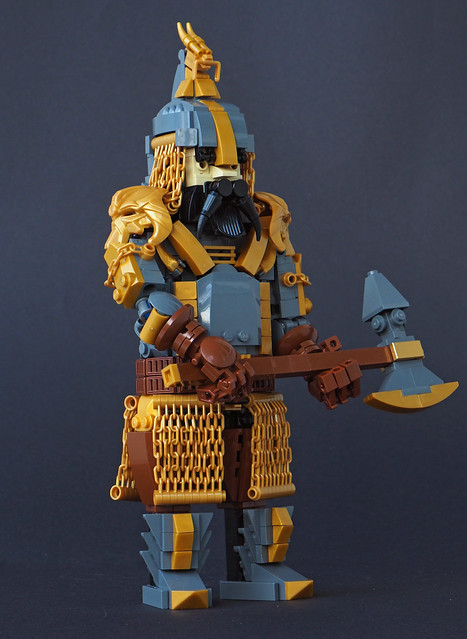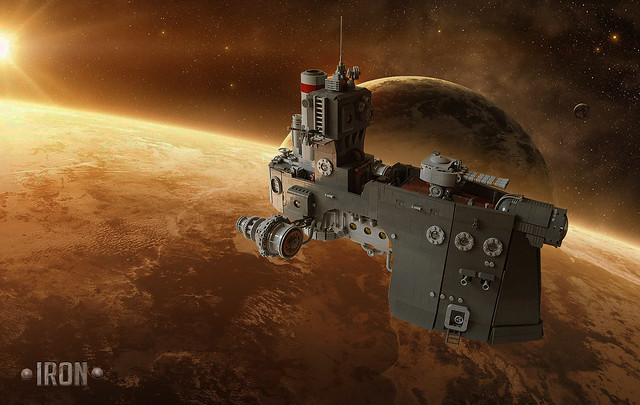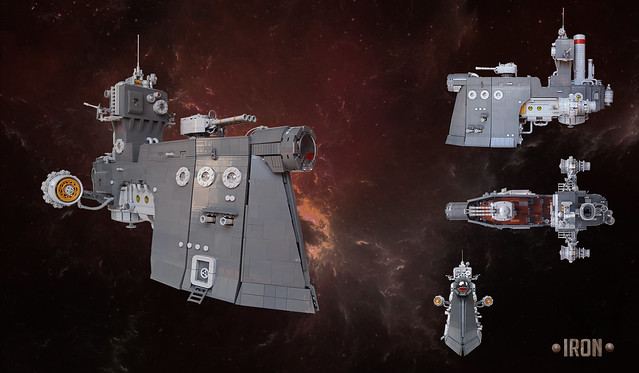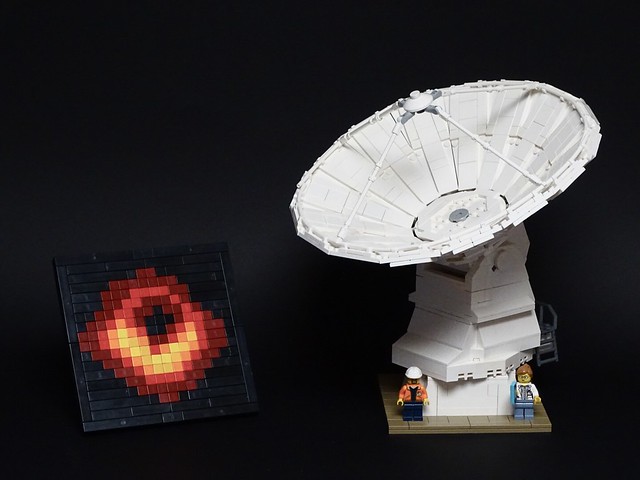I love LEGO dragons, and the air dragon Bandea from this immersive (almost) fully LEGO scene by one of our contributors, Benjamin Stenlund, is one of my favourites from the past few months. The body is chunky and curvy like a “real” dragon is. What gives it the edge are not the Ninjago sword edges, but the awesome background it is presented on. The horizon is put on just the right point with the corresponding camera angle. What I love most are the realistic rocks, made of wedge slopes and polygonal panels fitted together to represent the cracks and angles of a real rock face.
The builder has quite a few elemental-themed dragons in his portfolio: Moto the Fire Dragon, Maji the Water Dragon, Hewa the Air dragon and Daera and Kijani, the Earth Dragons – the last one being my personal favourite so far.

